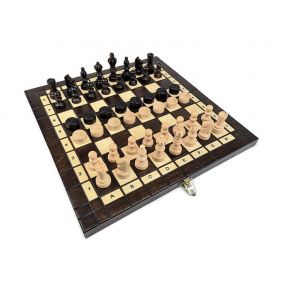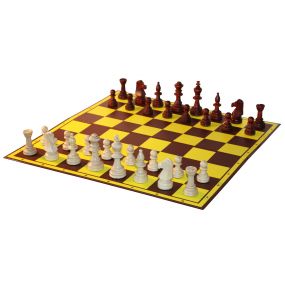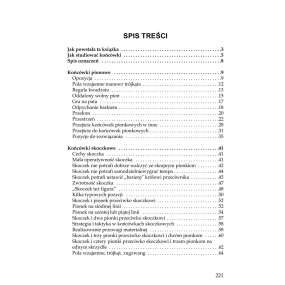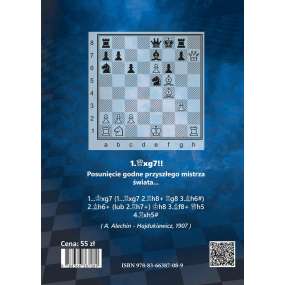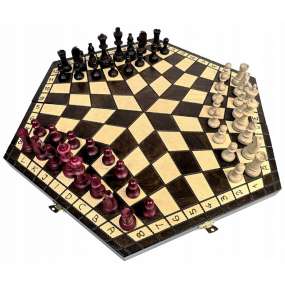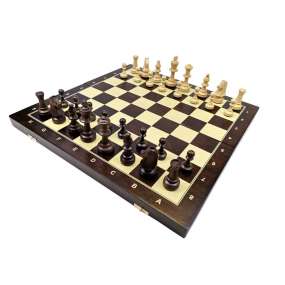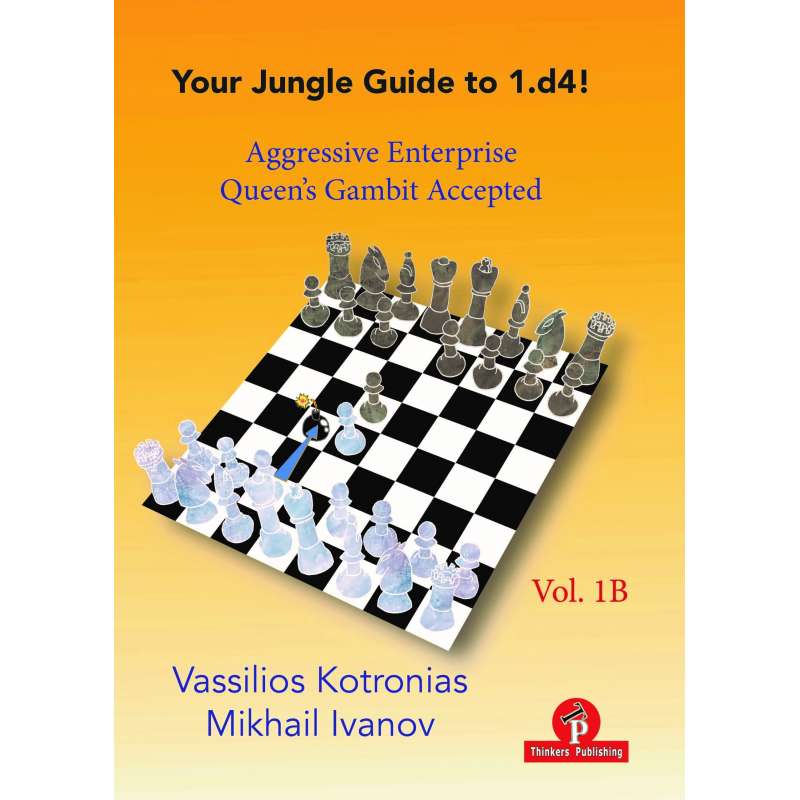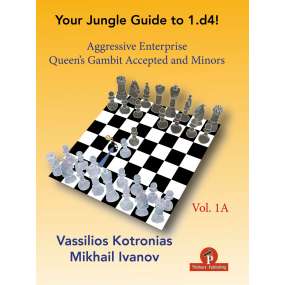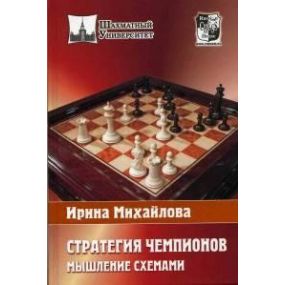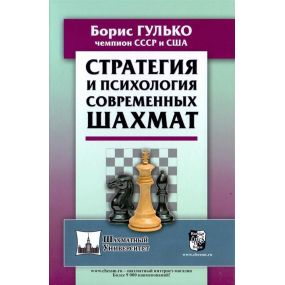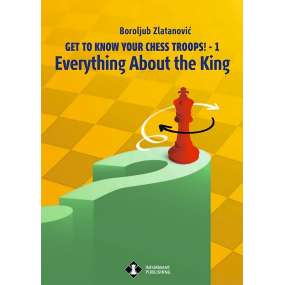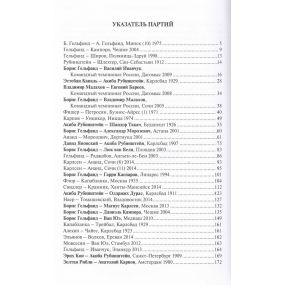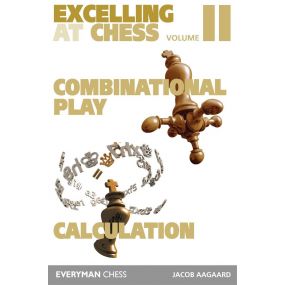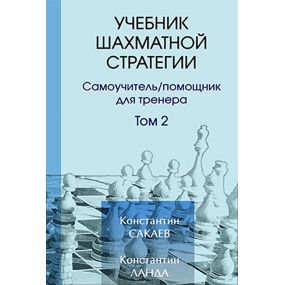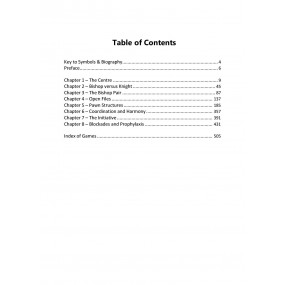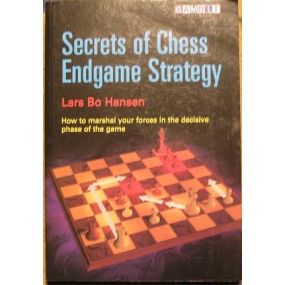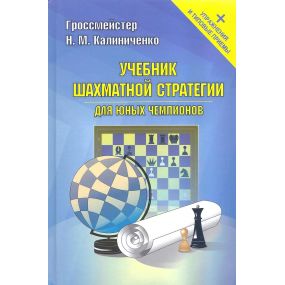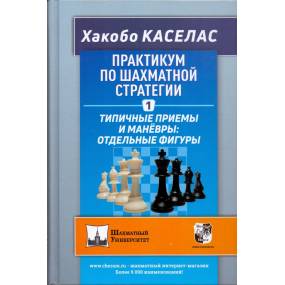What you are holding in your hands is the natural follow up of Volume 1 where some “lesser” openings aft er 1.d4 d5 2.c4 were examined, as well as a couple of less popular variations of the Queen’s Gambit Accepted. This second Volume comprises all of the established main lines of the QGA aft er our recommended 3.e4 with the intention of giving you a full picture of this topical opening while helping you build a repertoire based on aggressive ideas. Objectively speaking, it is very hard for White to find an advantage in the event of the absolute main lines 3…Nf6 and 3…e5, but we believe we have done our duty. We scrutinized multiple interesting variations with the help of engines while applying our human understanding to select those lines that would be the most unpleasant for Black. Additionally, we tried to provide you with as many alternatives as possible so as not to become “victims” of a narrow repertoire.
What you are holding in your hands is the natural follow up of Volume 1 where some “lesser” openings aft er 1.d4 d5 2.c4 were examined, as well as a couple of less popular variations of the Queen’s Gambit Accepted. This second Volume comprises all of the established main lines of the QGA aft er our recommended 3.e4 with the intention of giving you a full picture of this topical opening while helping you build a repertoire based on aggressive ideas. Objectively speaking, it is very hard for White to find an advantage in the event of the absolute main lines 3…Nf6 and 3…e5, but we believe we have done our duty. We scrutinized multiple interesting variations with the help of engines while applying our human understanding to select those lines that would be the most unpleasant for Black. Additionally, we tried to provide you with as many alternatives as possible so as not to become “victims” of a narrow repertoire.
In the end a chess game may be a draw, but an author’s duty is to provide you with several ideas with which you may confront your opponent to deprive him of that very draw. We believe our work has achieved this goal. We are going to stress the view that you should not strive to remember all the material included as that is impractical. What we suggest you do is memorize the recurring patterns and try to understand why they appear so often. Additionally, try to spot the differences between similar patterns as that is the essence of good theoretical knowledge which will enhance your arsenal. This knowledge is a “must” if you want to master classical play after 1.d4.
We wish you a creative study in the QGA as White as it is the most natural reaction aft er 1.d4 d5 2.c4. If you work hard superior results will follow and the saying “tough training, easy game” will be vindicated. But please remember that the strategy “you win some, you draw some” should definitely be part of your “modus operandi” in this opening as we are talking about one of the best systems against 1.d4 and one that has been throughly studied by multiple generations of chess players. This classical system will never be refuted no matter the number of books that are written. That is why we take the approach of winning while understanding that we will also have draws.
SPIS TREŚCI:
009 Introduction
011 1. Lessons on Skype
019 2. From Sochi with Love
057 3. Scar Tissue
077 4. Transformation
101 5. Screw Books, Get Out and Play
119 6. To Hull and Back
141 7. Pandemic Shark
163 8. Weak GM vs Komodo
173 9. The North Sea Offence
185 10. Is It Worth Being a Chess Streamer?
197 11. Toughness
215 12. Nine Positions



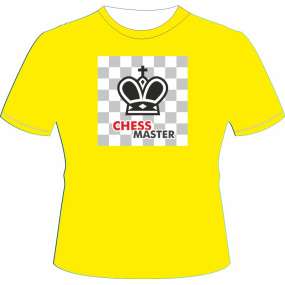

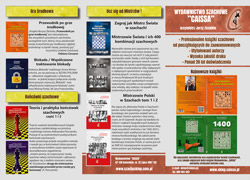
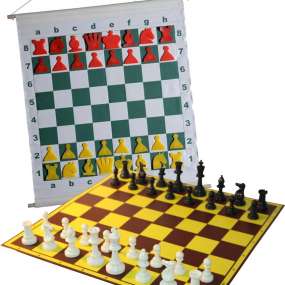

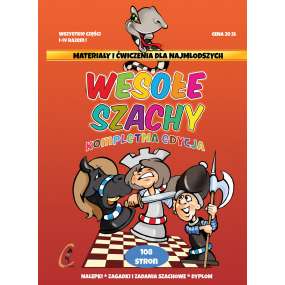










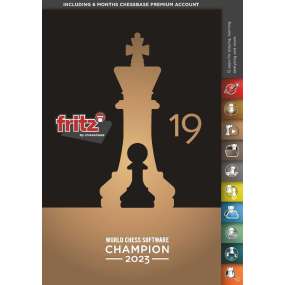
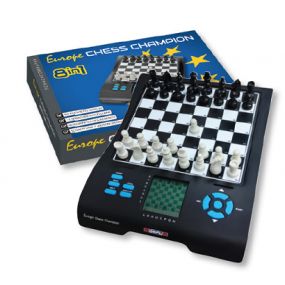





 Nowy elektroniczny zegar szachowy LEAP KK9908
Nowy elektroniczny zegar szachowy LEAP KK9908

